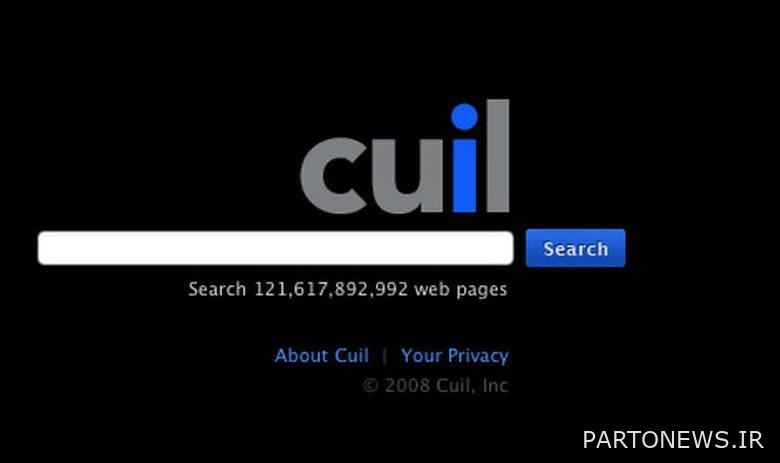Coil search engine and the bitter end of the dream of competing with Google

In the startup environment, it is a habit to talk about successes to keep our hopes alive for the future, but it is a big mistake to forget the failures of the past and not benefit from the experiences of the past. For this purpose, the Ecomotive team has collected the experiences of a series of failed startups, so that reviewing their failed stories may be a basis for the success of new startups in Iran’s startup community. This collection will be published and made available to the audience in the form of the story of failure. We review the twenty-fourth part of this series, which deals with the story of the failure of Cuil startup.
Coil was a secret search engine that claimed it could index web pages much faster and cheaper than Google, and told potential investors that their indexing costs would be one-tenth of Google’s, based on new search architectures and communication methods. The coil is in some ways the polar opposite Powerset It had heavy indexing costs because it performed deep contextual analysis on every sentence on all web pages. Hence, its indexing costs per page would be much higher than Google’s.
Coil was launched by highly respected search experts. Its founding team was a husband and wife named Tom Costello and Anna Patterson. They used to be experts in Google search. On the other hand, Costello, founder Zift was also Finally, despite negotiating with venture capitalists, the same couple invested 5 million dollars in the company themselves. Of course, 33 million dollars from companies like Gary Locke they received. According to the company’s privacy policy, users’ search activity or their IP addresses will not be saved, unlike other search engines.
Rapid rise and fall of the coil
Coil search engine was officially launched in 2008. December 19 of the same year, Businessweek He considered this company to be one of the most successful startups in America in terms of revenue generation. But the company was not successful in fulfilling its promises and winning customers’ trust. On the one hand, there was no particular difference from the users and they still preferred to use Google, and on the other hand, the complex design of the search results screen, irrelevant and wrong results, the old profile and the slow response lead to the users turning away from this site. And its traffic dropped. As of September 12, 2008, the number of visitors dropped from 0.2% of the world’s users to 0.02% and this site received the 5,340th position in terms of traffic. But things took a turn for the worse, and on October 13, that number dropped to 0.005%, putting Coil’s site at 21,960 in terms of traffic.
According to the magazine PepsiOn the morning of September 17, 2010, the news of the collapse of Coil was given to its employees, and 5 hours later, the company’s servers were unavailable. Coyle terminated his cooperation without paying the employees. Apparently, the company’s assets were sold to Google that week. Anna Patterson returned to Google to work again in the search engine department.
Coil’s failure is a lesson for startups to remember that it takes a lot more than good technology to succeed in today’s web world.
Study proposal
How do you rate this article?


